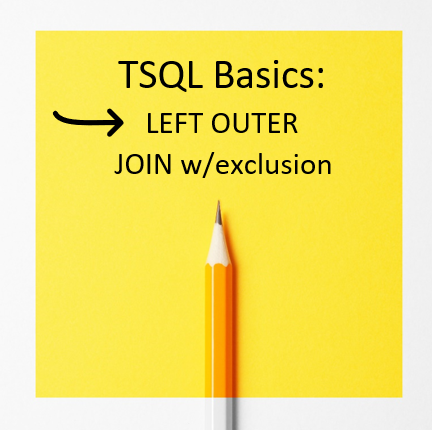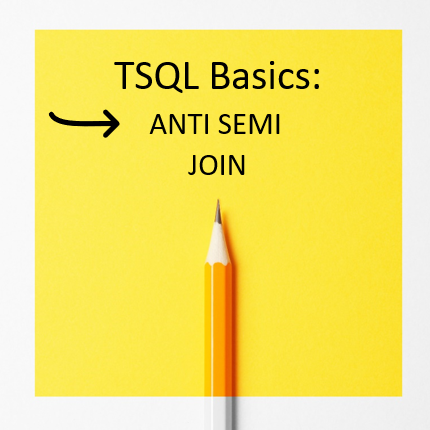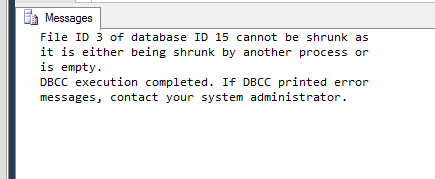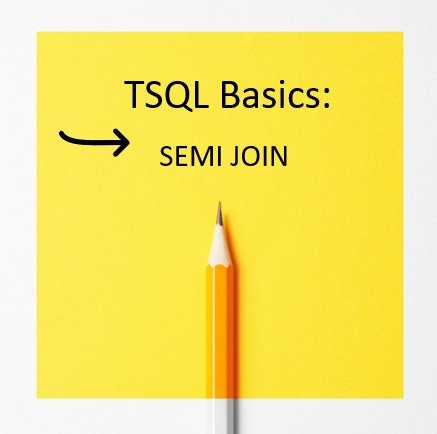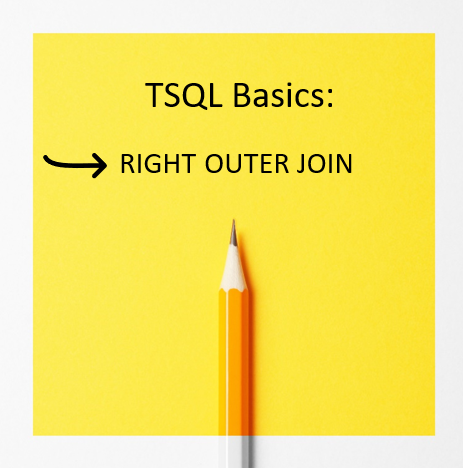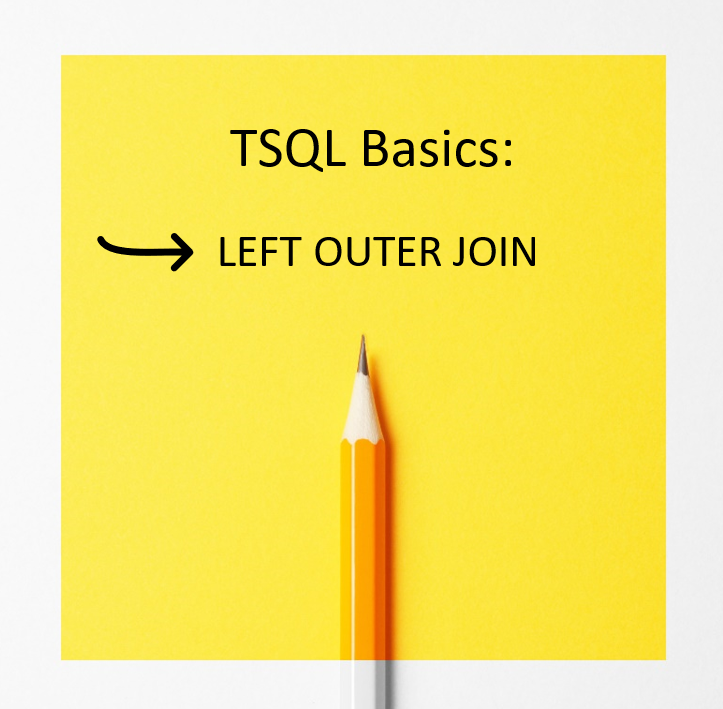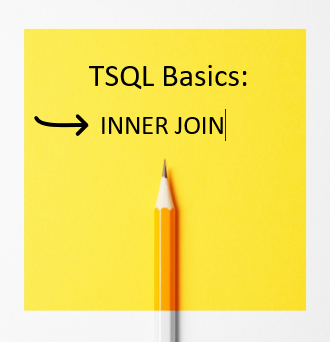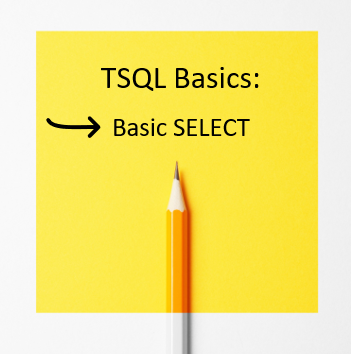TSQL Basics Part 7: LEFT OUTER JOIN w/ exclusion – Video Explanation
This is part 7 “left outer join with exclusion” of a 19 part series on TSQL Basics. You will first gain an understanding of the… Read More »TSQL Basics Part 7: LEFT OUTER JOIN w/ exclusion – Video Explanation
